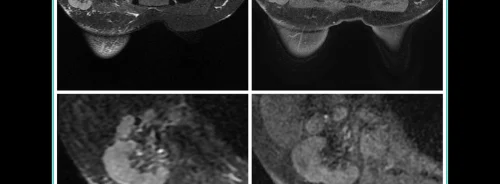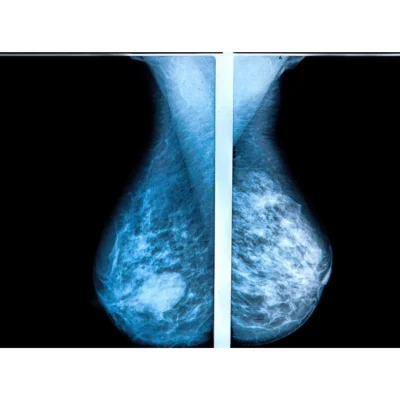Over time, digital breast tomosynthesis (DBT) has shown superior sensitivity to conventional 2D digital mammography (DM) in breast cancer detection. Despite widespread clinical adoption, there is little evidence that this translates to improved clinical outcomes. Determining its effect on breast cancer mortality would require data spanning at least ten years. Since this is a key measure of clinical efficacy, it is important to determine DBT’s effectiveness sooner.
Thus, a research team led by Dr Pierpaolo Pattacini of the Istituto di Ricovero e Cura a Carattere Scientifico in Italy used highly correlated intermediate end-points as surrogate measures in a prospective clinical trial. Specifically, the team measured the reduction of cancers diagnosed between a negative screen and the next scheduled screen (interval cancers) to indicate a screen’s effectiveness. The rationale is that if DBT detects cancers earlier, interval cancers and those seen on the next screen would be reduced. The team also collected the cumulative cancer rate, a sum of the cancers detected at baseline, the inter-screen interval, and next round of DM screening.
The team examined data from 26,877 women comparing 13,356 (49.7%) that had DBT plus DM to 13,521 (50.3%) that had DM alone. Women aged 45-49 years were screened every 12 months, whereas women aged 50-60 years were screened every 24 months. The study found that DBT plus DM detected 66% more cancers than DM alone (101 vs 61). Yet the interval cancer rate of both groups remained almost equal (21 vs 22). The cumulative cancer incidence was somewhat higher in the DBT+DM group than in the DM group (189 vs 165). It remained higher for women aged 50-69 in the DBT+DM group vs those in the DM group (153 vs 124) but was similar in both groups for women aged 45-49 years (36 vs 41).
The study authors concluded that DBT combined with DM benefited women younger than 50 years – the early diagnosis reduced the number of cancers detected on the next screen.
Click here for the latest Women's Health news
Source: Radiology











